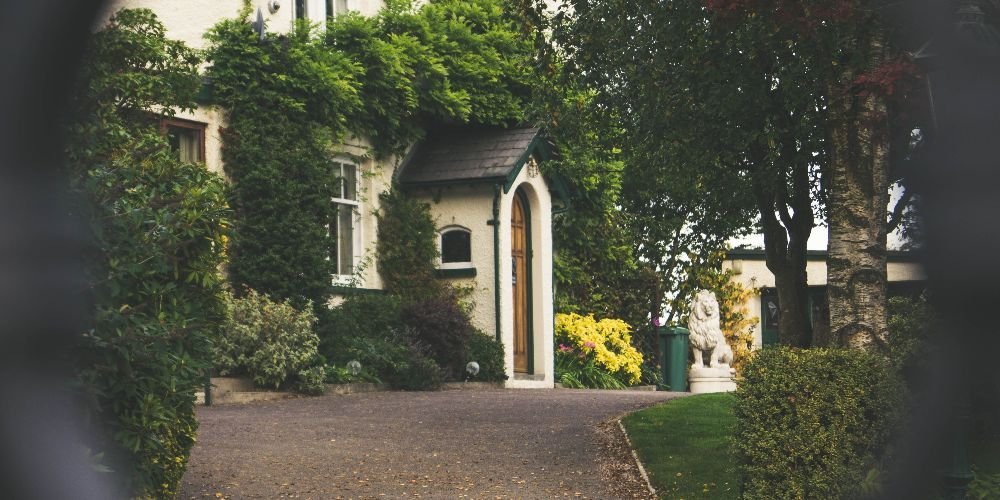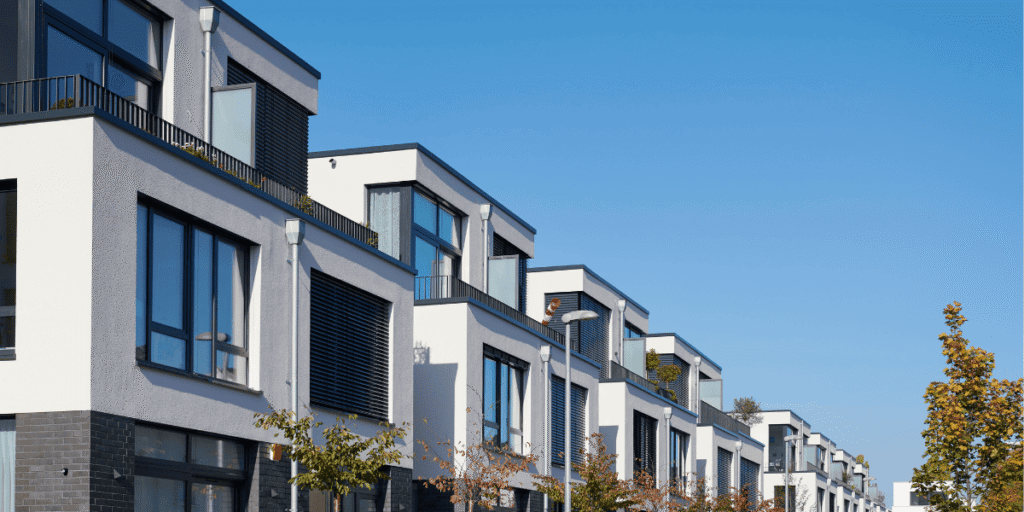Demographic Shift: Active Adult Communities Thrive

In the ever-changing landscape of real estate, demographic shifts play a pivotal role in shaping housing trends. One such prominent shift is the rise of active adult communities, which have gained significant traction as a result of changing age demographics and evolving lifestyle preferences.
As the baby boomer generation gracefully steps into their golden years, they are rewriting the script of what it means to age gracefully and purposefully.
We dived deep into the fascinating phenomenon of active adult communities, exploring how they thrive and resonate with a demographic seeking a vibrant and engaging lifestyle in their later years.
Let’s uncover the driving forces behind this trend and its broader implications for the real estate market.
Understanding the Active Adult Community Trend
Roughly around 73 million U.S. baby boomers are stepping into their senior years, and this trend is rapidly increasing. Approximately 10,000 individuals reach 65 daily, with the majority of this group now in their mid-70s. By 2030, all baby boomers born between 1946 and 1964 will have turned 65, making up around a fifth of the U.S. population.
This demographic shift entails more housing tailored for retiring or soon-to-be retirees. Unlike previous generations, this group, which is projected to live longer and healthier lives, seeks homes that match their active and busy lifestyles.
To satisfy this demand, active adult communities are springing up nationwide, especially in the Sun Belt, where many have relocated for a milder climate and an active lifestyle. The desire of baby boomers and investors for this type of housing has led an industry publication to proclaim active adult communities as the “hottest growth sector” in senior housing.
Active Adult Communities Explained
The U.S. has over 2,000 active adult communities, which are purpose-built multifamily residences for seniors with a focus on community and activities. More of these communities are being built or planned.
Active adult communities are categorized as age-restricted or age-targeted. In the former, federal housing rules dictate that at least 80 percent of residents must be aged 55 and above. The age-targeted category is aimed at those 55 and older but doesn’t have strict legal residency requirements.
These communities attract a relatively youthful senior demographic, usually in their early to mid-70s. This contrasts with those aged 80 and above, who usually opt for more traditional senior housing like assisted living or nursing homes.
The National Investment Center for Seniors Housing & Care (NIC) states that the typical active adult resident is someone with a yearly income of $50,000 and at least $150,000 in assets, excluding housing. They opt for rentals and are familiar with communal living. These residents are often engaged in the community, might still work part-time or full-time, and are often married or widowed.
Active adult communities are a fresh take on independent living setups. They offer resort-style amenities, communal activities, and a range of living spaces, from studios to single-family homes. Like independent living, they lack healthcare services but may provide dining, housekeeping, and laundry.
Several factors drive the demand for active adult communities. Many empty-nest baby boomers seek smaller, low-maintenance homes with ample amenities. These communities also attract healthy baby boomers desiring a space that promotes health, wellness, and social engagement.
During the peak of the COVID-19 pandemic, active adult communities saw steady demand, unlike traditional senior housing that faced challenges.

Investor Demand on The Rise
Investors’ strong interest in the active adult community sector is evident in the ongoing decrease in capitalization rates. This type of living commands the lowest cap rates in senior housing. A Class A property averages around 4.6%, while a Class B property averages 5.7%, as per industry reports. The private equity sector, active in both seniors and multifamily housing, is experiencing a surge in demand for active adult housing investments.
A Grandview Research report underscores the country’s active adult housing market’s value at over $560 billion, predicting a steady 4% compounded annual growth rate over the coming eight years.
Recent years have seen a heightened attraction to active adult communities for owners and investors. This trend stems from community residents’ extended residency periods and the premium on rental rates. Baby boomers, joining these communities in their early 70s, stay an average of seven to eight years. Rental rates for active adult communities consistently exceed those of traditional, luxury, and market-rate communities, often ranging from 15 percent to as high as 50 percent, depending on the service level.
Active adult communities outshine conventional multifamily properties due to their lower default rate, prohibition of rentals to families with children, and fewer disturbances like noisy parties.
A recent report from NIC highlighted that active adult communities exhibit a mere 20% turnover rate, contrasting with multifamily 50%. The report emphasized that active adult housing boasts higher rents than conventional multifamily, lower expenses than independent living setups, and extended resident stays, culminating in stable profitability.
Despite the promising outlook, active adult housing, like other senior housing and real estate sectors, confronts market challenges. Factors like inflation, rising interest rates, escalated materials, and labor expenses, and other macroeconomic influences pose obstacles.
These challenges might temper some excitement about active adult projects in the short term. Yet, these worries are unlikely to impact the seniors housing sector heavily. This is due to industry forecasts anticipating a considerable number of aging baby boomers seeking active adult properties.
The surging demand for active adult communities has provided investors with valuable insights into the seniors housing development cycle. While active living caters to the initial baby boomer influx, other segments like independent living, assisted living, memory care, and skilled nursing must experience substantial growth. This is essential to accommodate the millions of baby boomers entering the 80-plus age bracket in the next decade.
Explore the Future of Senior Housing with Us. Connect to Discuss Trends or Your Next Project!




